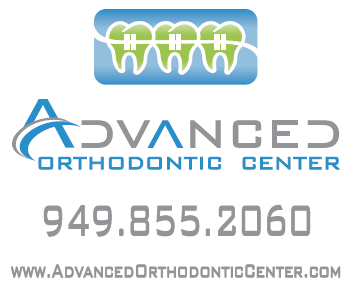Understanding Fixed and Removable Orthodontic Appliances
Fixed Appliances
Fixed orthodontic appliances, commonly known as braces, are a time-tested and effective method for treating various dental issues. These appliances consist of small brackets, typically made of metal or ceramic, which are affixed to the front surface of each tooth using dental adhesive. Archwires, threaded through the brackets, apply gentle yet consistent pressure on the teeth, guiding them into their desired positions. Additional components like bands and elastics may be used to facilitate specific movements.
Uses of Fixed Appliances
Fixed orthodontic appliances are highly versatile and are frequently used to correct a wide range of dental problems, including:
Misaligned Teeth: Braces are particularly effective in straightening teeth that are crooked, rotated, or overcrowded.
Bite Issues: Fixed appliances can address various malocclusions, such as overbites, underbites, crossbites, and open bites, to achieve a harmonious bite.
Jaw Misalignments: In cases of more severe jaw discrepancies, fixed appliances are used in combination with other orthodontic techniques to achieve proper alignment.
Pros of Fixed Appliances
Fixed appliances offer several advantages, making them a preferred treatment option for complex orthodontic cases:
Precise and Predictable: The continuous pressure applied by fixed appliances allows for precise and predictable teeth movements, ensuring consistent progress throughout the treatment.
Suitable for Complex Cases: Fixed appliances are effective in treating severe malocclusions and complex dental issues that may not be adequately addressed with removable appliances alone.
No Compliance Issues: Since braces are bonded to the teeth, there is no risk of patients forgetting to wear them, ensuring a consistent treatment process.
Cons of Fixed Appliances
While fixed appliances are highly effective, they also come with a few drawbacks:
Aesthetics: Traditional metal braces can be noticeable, which may lead some patients to feel self-conscious during treatment. However, the option of ceramic braces that blend with the teeth can mitigate this concern.
Oral Hygiene Challenges: The brackets and wires of fixed appliances can make brushing and flossing more challenging, requiring patients to be diligent in their oral hygiene routine.
Removable Appliances
Removable orthodontic appliances, as the name suggests, can be easily taken out and put back in by the patient. These appliances are often used for less complex dental issues, and they are especially popular among younger patients whose jaws are still developing.
Types and Uses
Several types of removable orthodontic appliances cater to specific dental concerns:
Hawley Retainer: Hawley retainers consist of acrylic molded to fit the roof of the mouth, along with metal wires that encircle the front teeth. They are commonly used for retention after the completion of orthodontic treatment.
Essix Retainer: Essix retainers are clear, transparent trays that fit over the teeth, making them less noticeable than other retainer types. They are frequently used for retention after orthodontic treatment or for minor tooth movement.
Clear Aligners: Clear aligners, such as Invisalign®, are popular among adults seeking discreet orthodontic treatment. Custom-made aligner trays progressively shift the teeth into the desired positions.
Space Maintainers: Space maintainers are used in children to preserve the space between teeth after premature loss of baby teeth, ensuring proper eruption of permanent teeth.
Pros of Removable Appliances
Removable orthodontic appliances offer several advantages:
Improved Oral Hygiene: Since removable appliances can be taken out during meals and brushing, patients can maintain better oral hygiene compared to fixed appliances.
Enhanced Comfort: Removable appliances are generally more comfortable than fixed braces, with minimal irritation to soft tissues.
Aesthetics: Clear aligners and certain retainers are virtually invisible, making them an attractive option for those seeking discreet treatment.
Cons of Removable Appliances
However, removable appliances also have some limitations:
Compliance: Successful treatment with removable appliances depends on the patient’s commitment to wearing them as instructed by the orthodontist. Compliance issues may affect treatment outcomes.
Limited Application: Removable appliances are more suitable for less complex dental issues and may not be as effective as fixed appliances for severe malocclusions or complex cases.
Fixed and removable orthodontic appliances each offer unique benefits in addressing various dental concerns. Fixed appliances are ideal for complex cases, providing precise and predictable results, while removable appliances offer convenience and discretion for less severe issues. The choice between the two types depends on the patient’s specific dental condition, lifestyle, and preference. Request Your Free Consultation with our experienced orthodontist at Advanced Orthodontic Center to determine the most appropriate treatment plan, ensuring a beautiful and healthy smile for years to come.
The List of Fixed and Removable Appliances
-
Band & Loop (B&L)
- Herbst
- Lower Lingual Arch (LLA)
- Palatal Expander
- Quad Helix
- Bi Helix
- Hawley
- Nance
- Retainers
Schedule a FREE CONSULTATION TODAY!
Call Us at 949.855.2060


